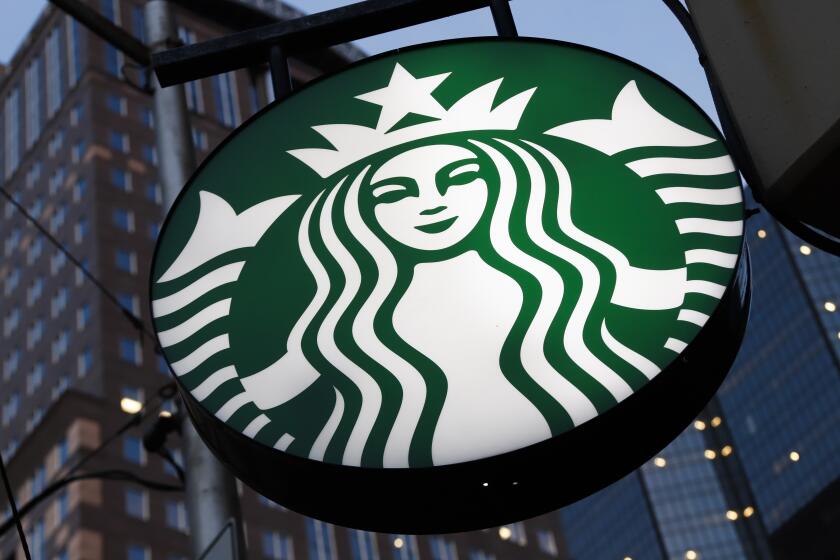Data show solid economy
WASHINGTON — A raft of stronger-than-expected U.S. economic reports Friday, including data on personal income, inflation and manufacturing, buttressed the view that the economy was on solid footing and that interest rates were unlikely to fall anytime soon.
Personal income rose 0.6% in February, below the unrevised 1% gain for January but double the 0.3% increase forecast by analysts in a Reuters poll.
February consumer spending also rose 0.6%, outpacing forecasts for a 0.3% gain after an unrevised 0.5% increase in January, according to Commerce Department data.
“These are a strong set of numbers right across the board,” said David Sloan, an economist at 4Cast in New York. “This suggests that the consumer is a little more on solid ground than we previously realized, and the prices data should keep the Fed focused on inflation rather than growth risks.”
Construction spending also defied forecasts for a decline as gains in nonresidential building overcame drops in home and infrastructure construction, while a report by Chicago purchasing managers showed a huge pickup in Midwest manufacturing, prompting bond traders to bet against a near-term Federal Reserve rate cut.
But adding mixed signals, a key consumer survey showed March sentiment at its lowest in six months because of worries about rising prices, while a separate business survey showed March business conditions cooling in the New York region.
The National Assn. of Purchasing Management-Chicago, a barometer of Midwest manufacturing, jumped to 61.7 in March from 47.9 in February, its highest level since early 2005. The index showed new orders soared.
Consumer confidence data, however, showed that Americans had some concerns about the economy.
The final March sentiment index of the Reuters/University of Michigan Surveys of Consumers fell to its lowest in six months as worries about rising prices and slowing income gains weighed. The index slid to 88.4, its lowest since September, from 91.3 in February.
But analysts said most of Friday’s data looked strong.
“Income and spending, both higher than expected,” said Jeoff Hall, chief North American economist at Thomson IFR in Boston. “Wages and salaries are growing at a meaningful clip. You had a bit of a drift in consumer sentiment, but construction spending has risen unexpectedly. Suddenly we’ve gone from this bias of pessimism to one where we don’t see any justification” for the Fed to cut interest rates.
Core consumer prices, which exclude volatile energy and food costs, rose 0.3% in February, outpacing forecasts for a 0.2% rise, after a downwardly revised 0.2% gain in January.
Fed policymakers held benchmark borrowing costs steady at a meeting last week and said their predominant concern was that inflation would fail to ease.
However, in announcing their decision, they dropped an explicit reference to the possibility of a further “firming” of monetary policy, keeping their options open to lower borrowing costs if the economy stumbles badly.
More to Read
Inside the business of entertainment
The Wide Shot brings you news, analysis and insights on everything from streaming wars to production — and what it all means for the future.
You may occasionally receive promotional content from the Los Angeles Times.










